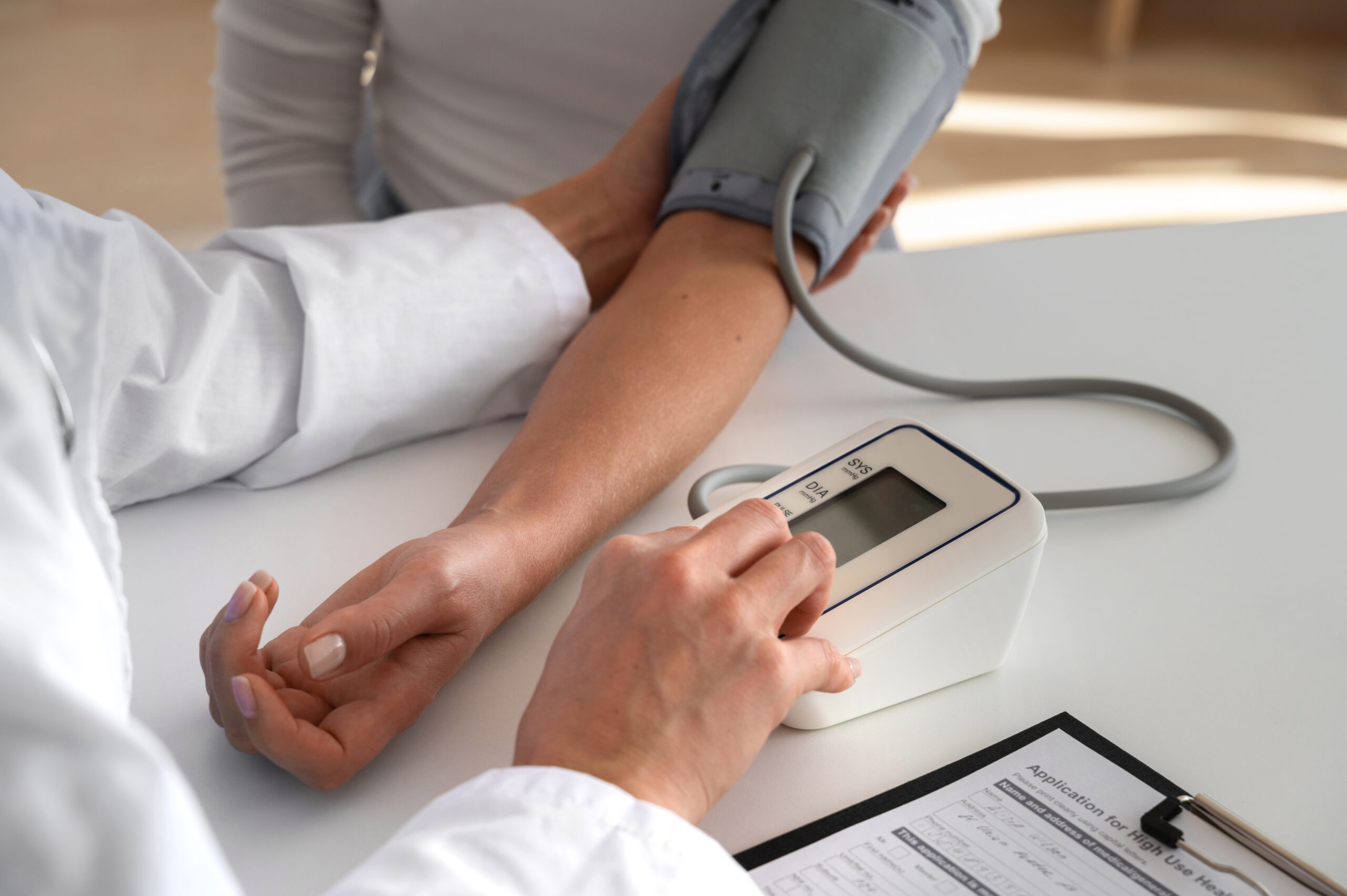
Hypertension, or high blood pressure, is a common health issue that affects millions globally. It is characterized by elevated pressure in the arteries, which forces the heart to work harder to pump blood. This condition significantly increases the risk of heart disease, stroke, and other complications. While traditional treatments like medications and lifestyle changes are effective, there’s a growing interest in complementary therapies like Red Light Therapy (RLT). RLT, also known as Photobiomodulation (PBM), offers a non-invasive approach to managing hypertension by promoting healthy blood flow and reducing inflammation. Let’s explore how this therapy works, its benefits, and how it can fit into your hypertension management plan.
Hypertension is a condition where the force of blood against artery walls is too high, putting extra strain on the heart and blood vessels. It’s often measured using two values: systolic (pressure during a heartbeat) and diastolic (pressure when the heart is at rest). For most adults, a normal reading is below 120/80 mm Hg. Anything above 140/90 mm Hg is considered high.
Hypertension can develop due to several factors:
Understanding these risk factors is the first step in managing the condition effectively. It also highlights the importance of incorporating therapies that can address multiple aspects of health, like Red Light Therapy.
Red Light Therapy (RLT), also called Photobiomodulation, uses low-level wavelengths of red and near-infrared light to stimulate cells. This therapy enhances cellular energy, reduces inflammation, and improves blood flow. Unlike medications, RLT works by boosting the body’s natural healing processes without causing harmful side effects.
Red Light Therapy influences the body at the cellular level by targeting the mitochondria—the cell’s energy powerhouse. When red or near-infrared light is absorbed by cells, it increases the production of adenosine triphosphate (ATP), the energy currency of cells. This extra energy allows cells to function more efficiently, repair themselves, and support overall health.
In hypertension management, Red Light Therapy helps in three primary ways:
Several studies support the use of Red Light Therapy for managing high blood pressure:
These studies indicate that Red Light Therapy can be a valuable tool in hypertension management, especially when used alongside traditional treatments.
To effectively use Red Light Therapy for high blood pressure, you need to choose the right type of device and follow a consistent schedule. Full-body panels or targeted handheld devices emitting wavelengths between 630 and 850 nanometers are ideal for hypertension management.
Consistency is crucial to see results. Regular sessions help maintain the benefits of Red Light Therapy over time, supporting long-term blood pressure control.
Find our range of devices for red light therapy HERE.
Red Light Therapy should be used as a complementary treatment alongside traditional therapies like medications and lifestyle changes. This integrative approach can enhance overall health and provide a more holistic way to manage blood pressure.
Always consult your doctor before starting Red Light Therapy, especially if you’re already taking medications for hypertension. Your healthcare provider can guide you on how to incorporate this therapy safely into your treatment plan.
Red Light Therapy offers a non-invasive, scientifically supported approach to managing hypertension. By promoting nitric oxide production, reducing inflammation, and improving circulation, RLT helps lower blood pressure and protect cardiovascular health. When combined with traditional treatments, it can create a powerful strategy for better blood pressure management and overall well-being.
If you’re looking for a natural way to support your hypertension treatment, consider adding Red Light Therapy to your routine. With ongoing research and growing clinical evidence, this therapy shows promise in making hypertension management more effective and holistic. Remember to work closely with your healthcare provider to create a personalized plan that includes the best of both traditional and modern approaches.
Incorporate Red Light Therapy into your hypertension care, and take a step toward a healthier, balanced life.
Sources: